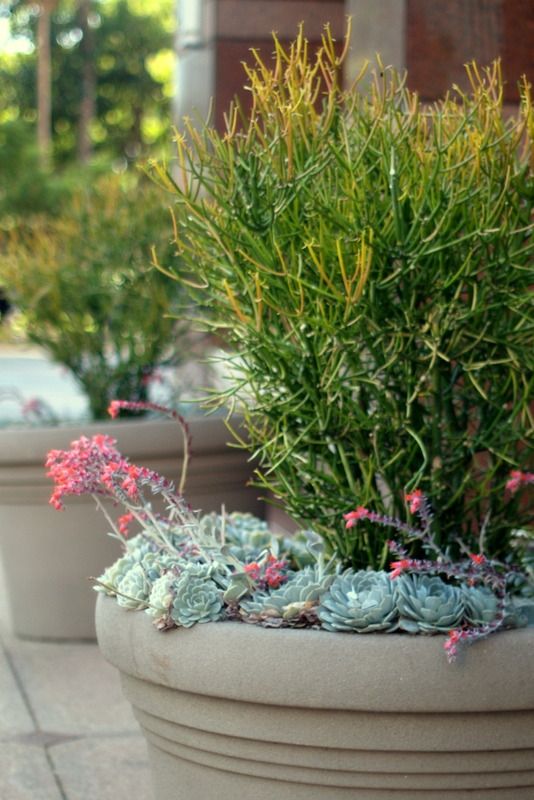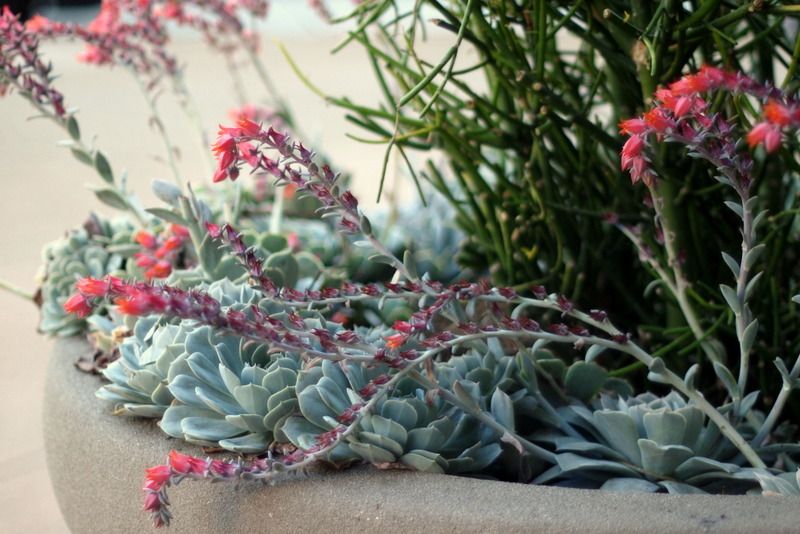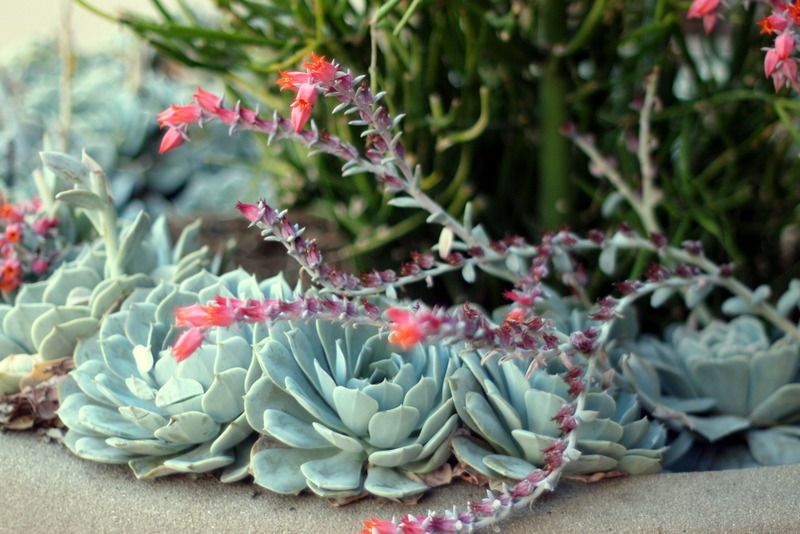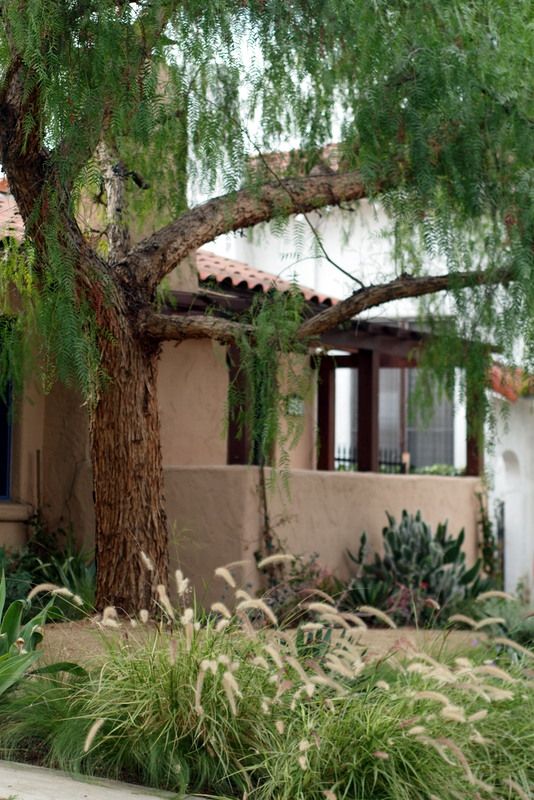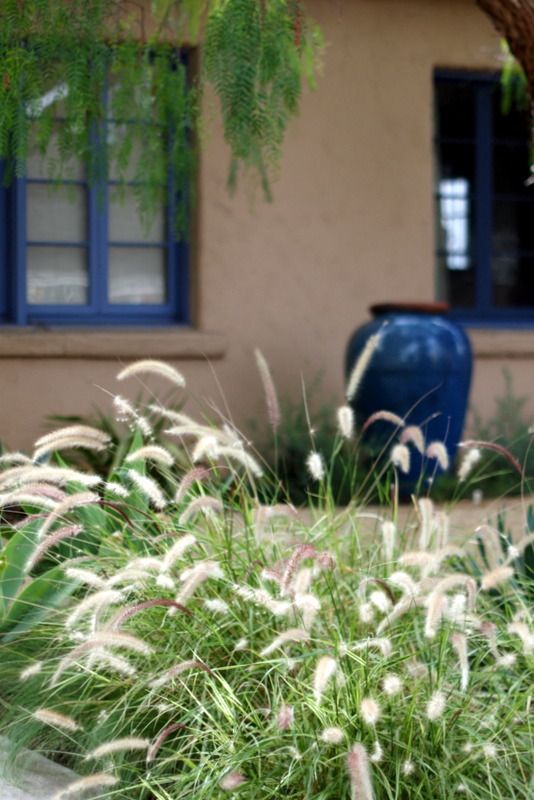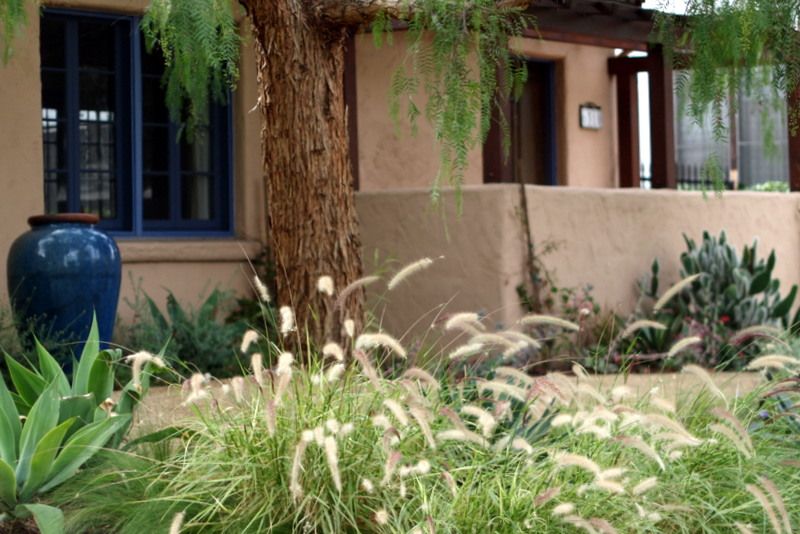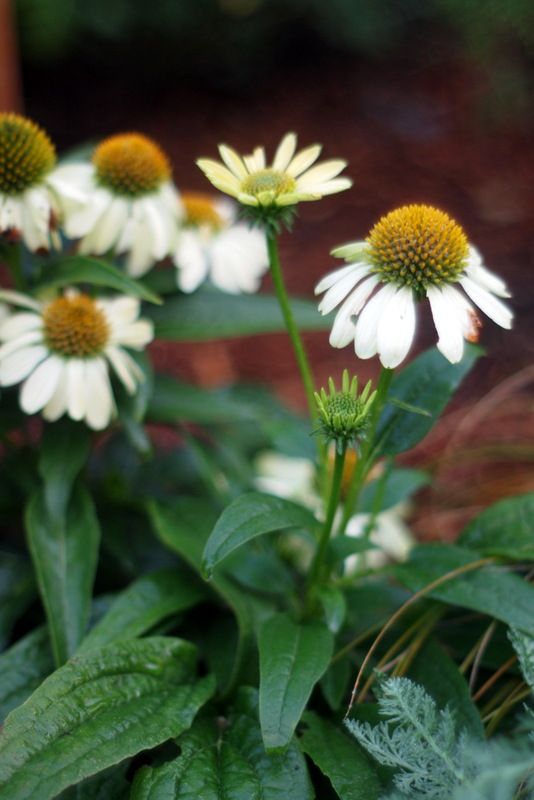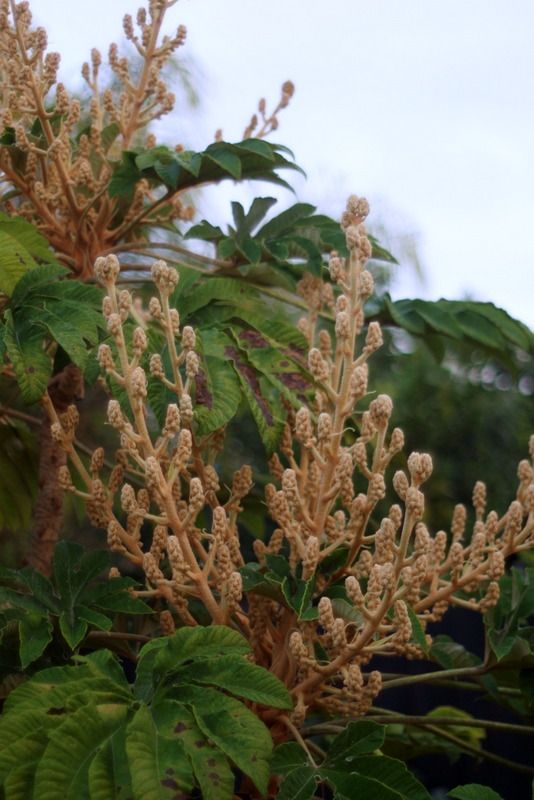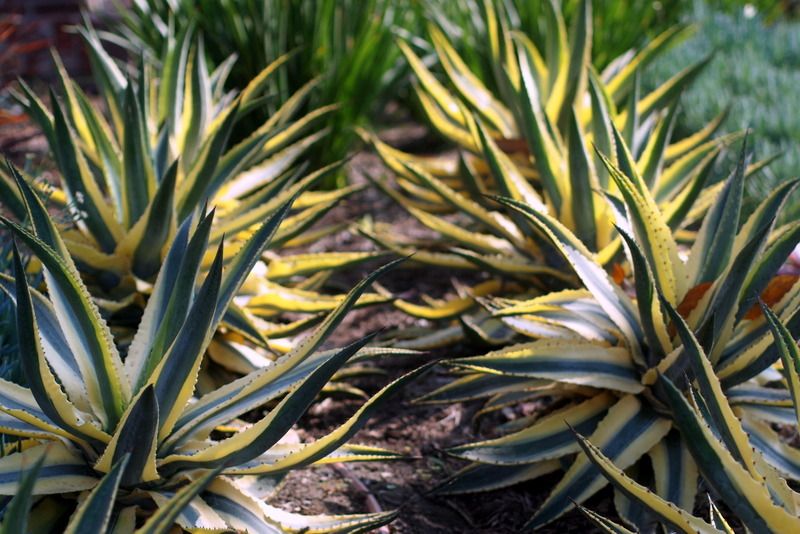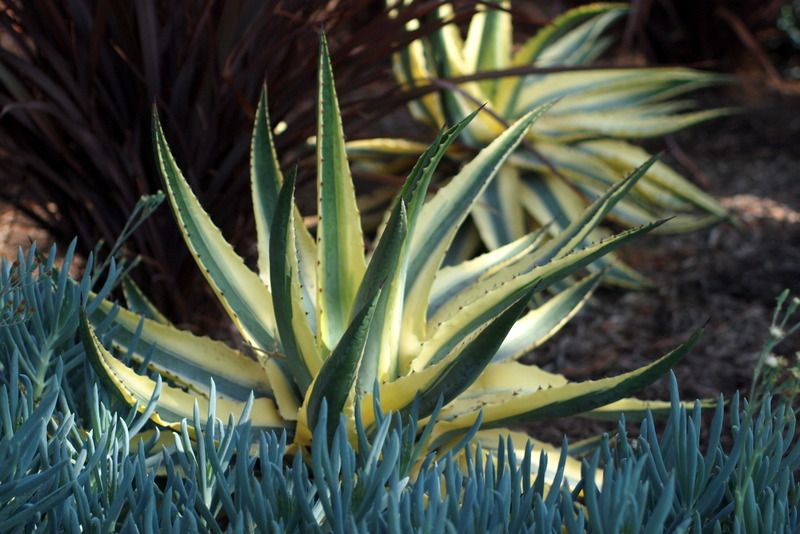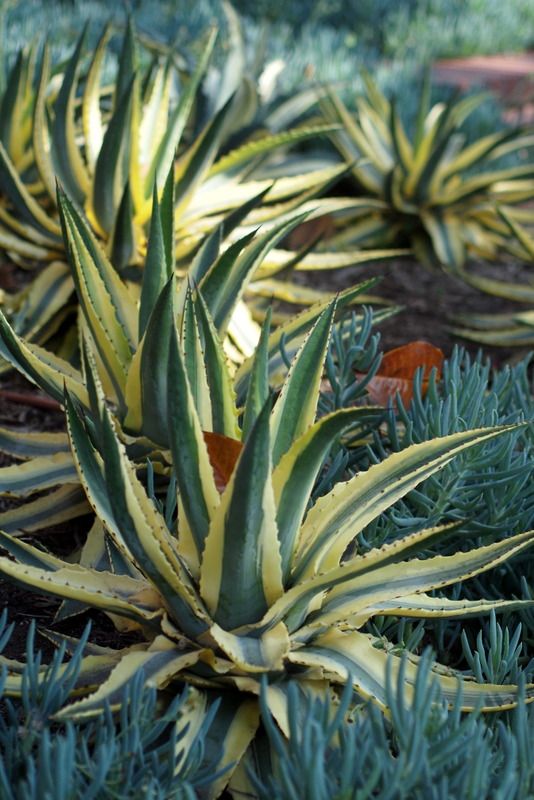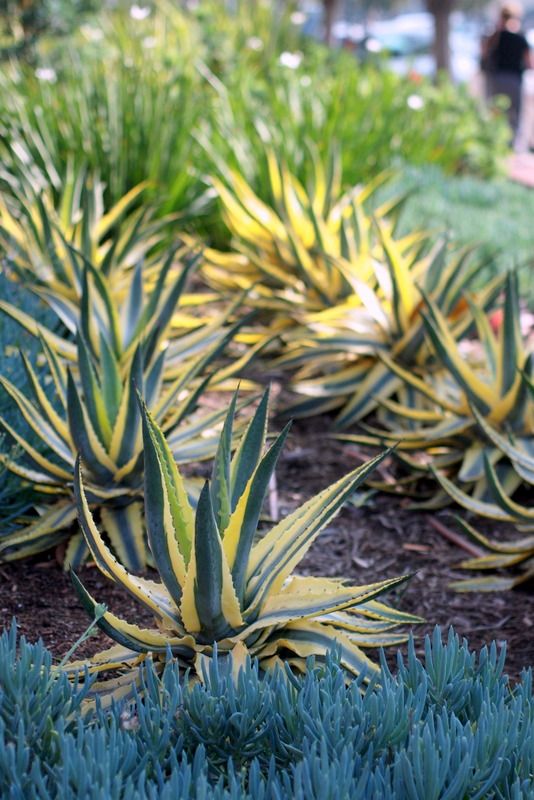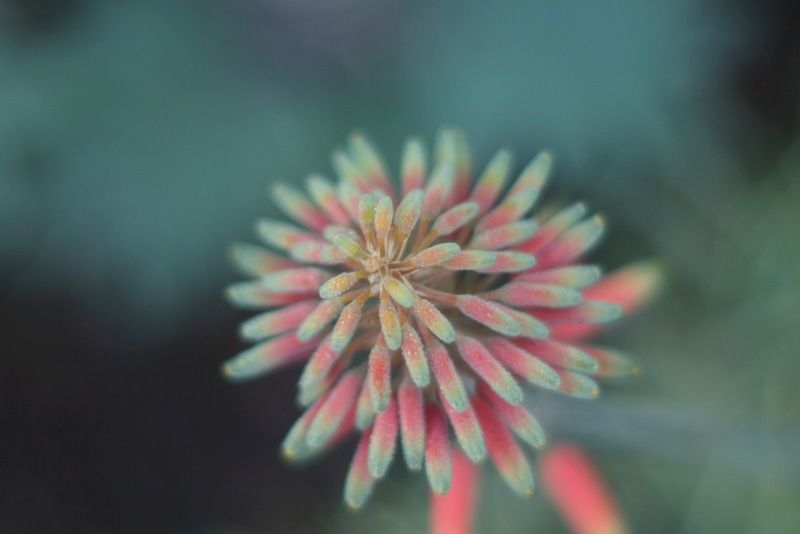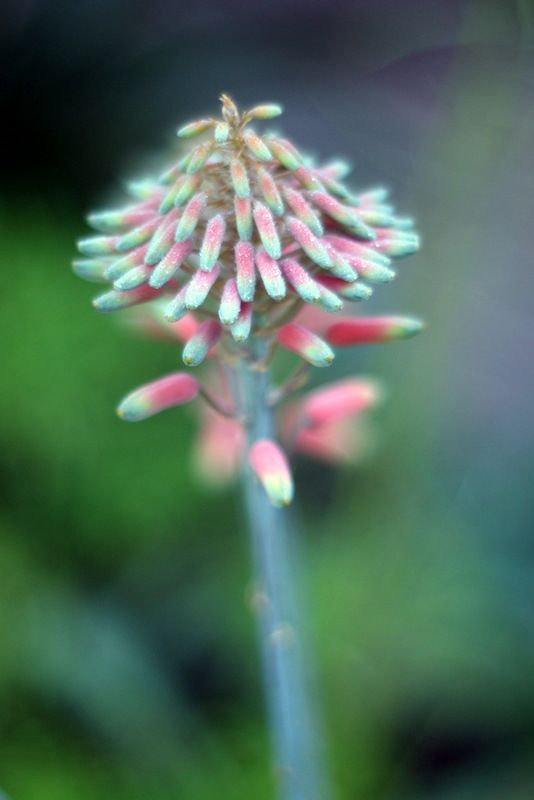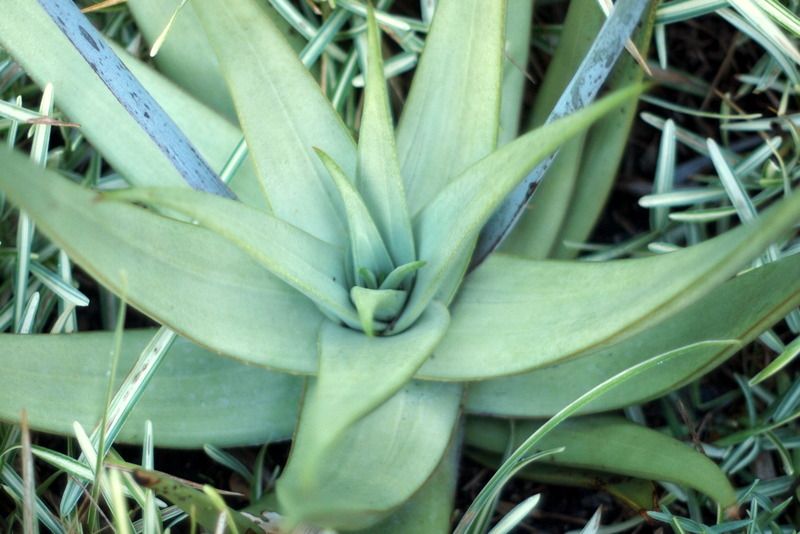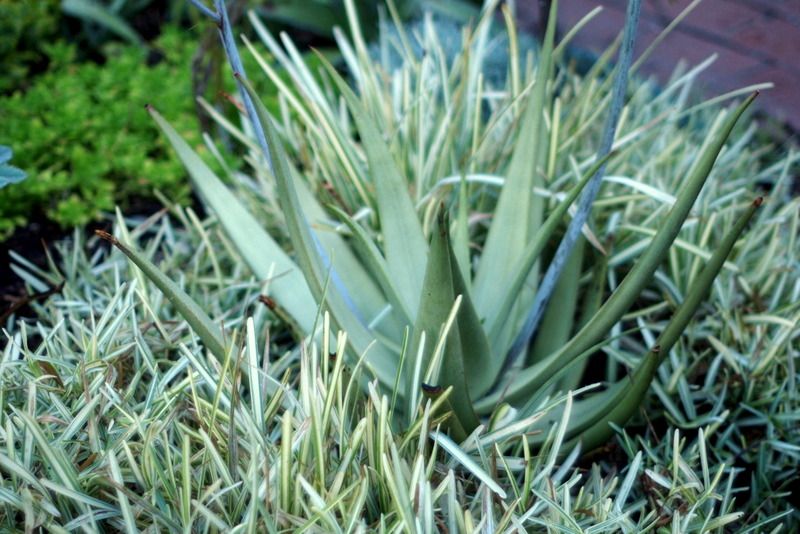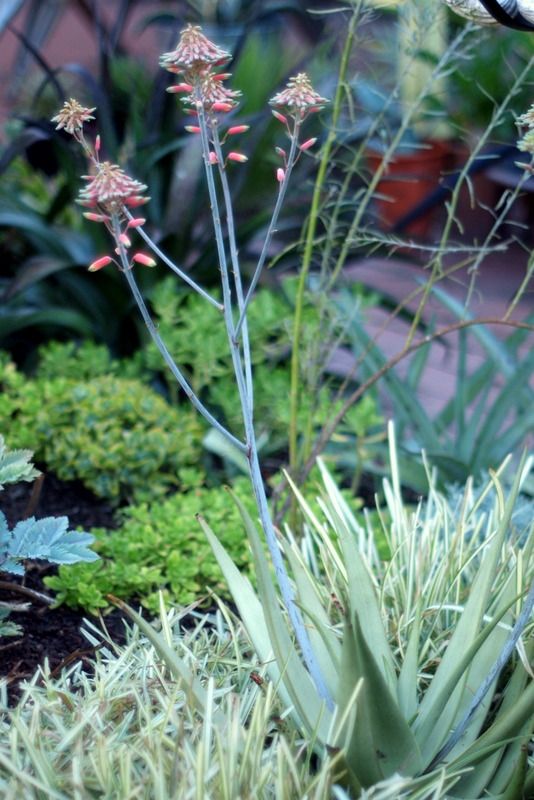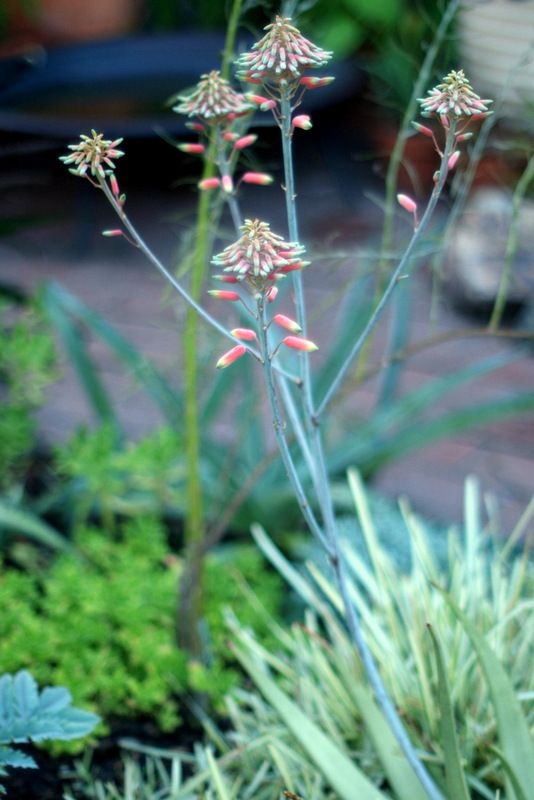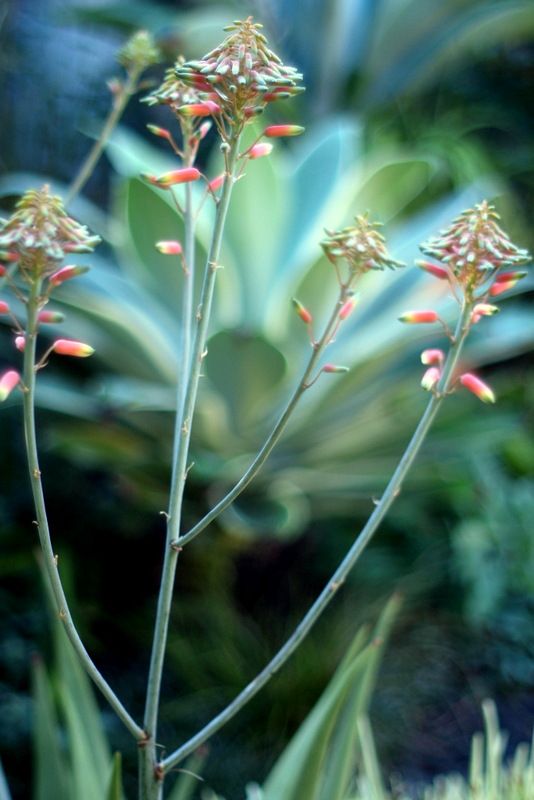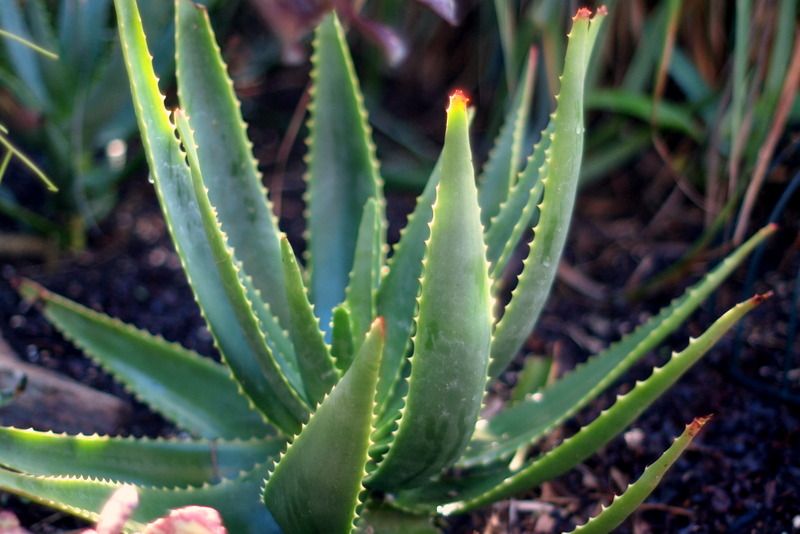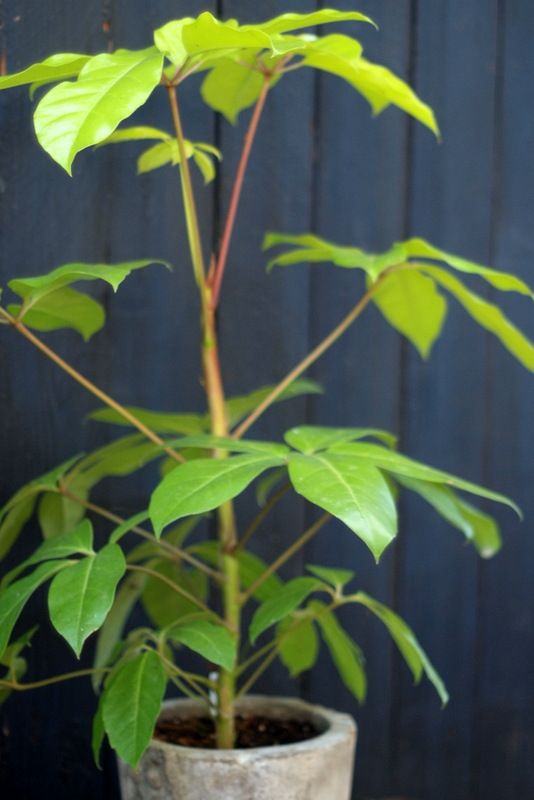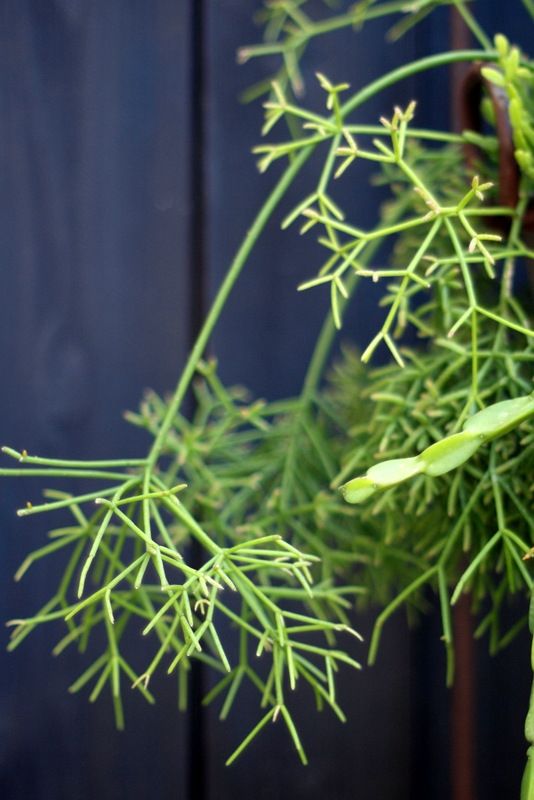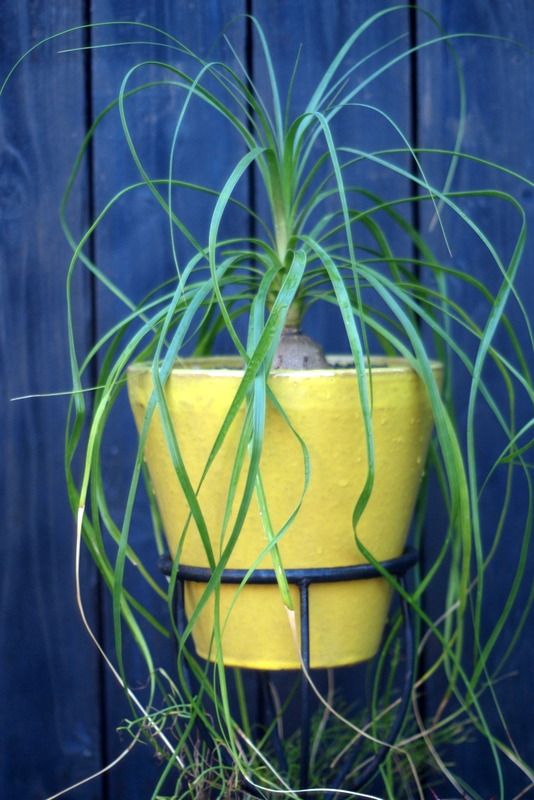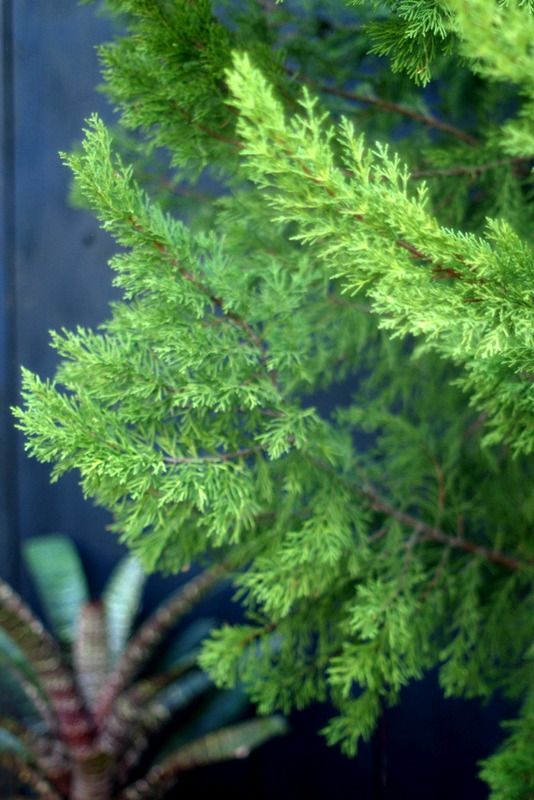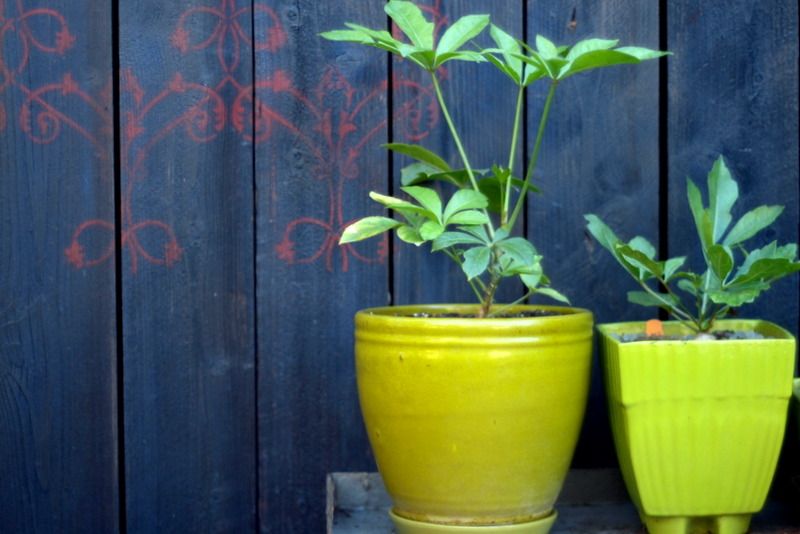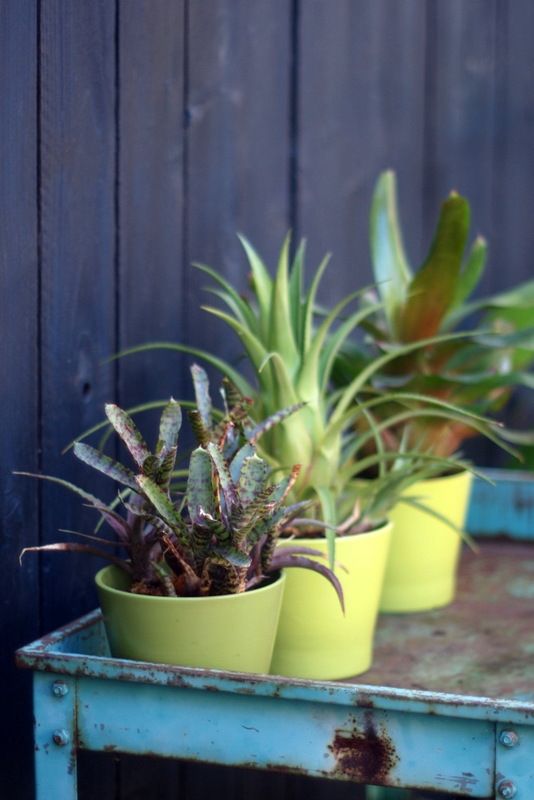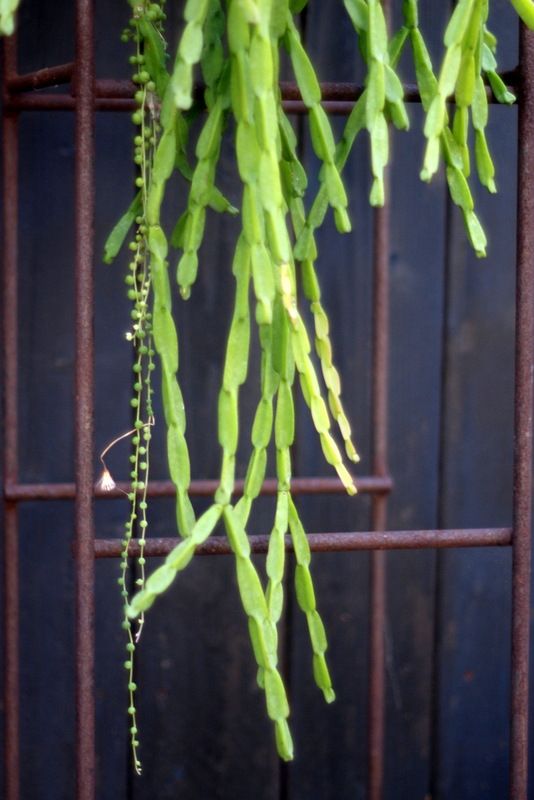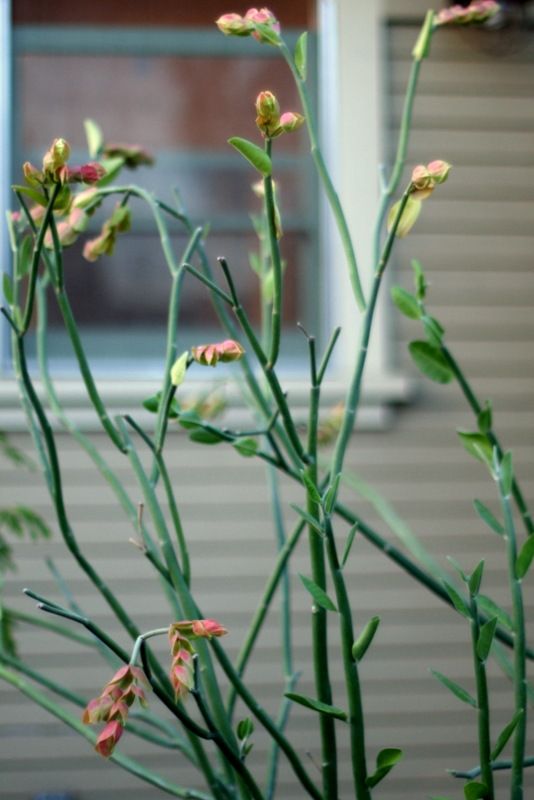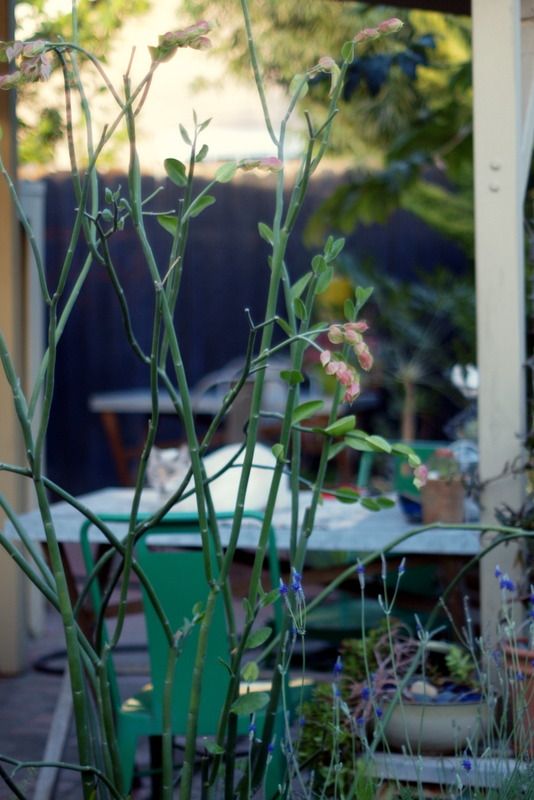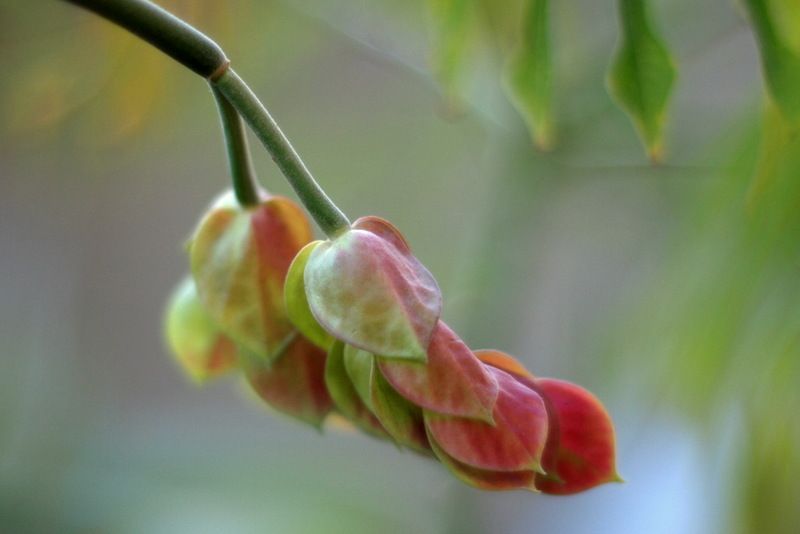Ever wonder when our buildings are going to have the photosensitivity and photoreactivity of plants? Dale Clifford, with his focus on biomimetics applied to architecture, is on the case, investigating the possibility of designing a photoreactive brick inspired by the quadrangular, shade-modulating shape of a cactus. Looking for a tidy description of life on earth? Plant biologist Roger Hangarter has one for you: excited electrons powered by the sun. I’m totally borrowing that, Roger.

Christian Thornton, Xaquixe Glass Innovation Studio
Questions, questions. Can modern glass kilns reduce their energy footprint? Certainly, by as much as 30 percent, if recycled glass is used and the kilns are run on vegetable oil discarded by local Oaxacan restaurants.
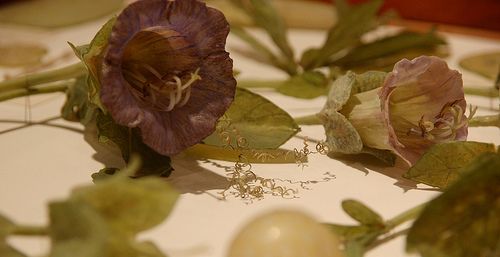
Cobaea scandens in the Ware Collection of Glass Plants
And what did 19th century university botany departments do when dried specimens were insufficiently detailed for the rigorous study of plant architecture? Find the finest glass artists in the world, of course, German glass blowers Leopold and Rudolf Blaschka, to create glass models with precise, scientific accuracy. Harvard’s Ware Collection of Glass Plants transcends its scientific origins and is now regarded as a prized art collection visited by millions every year.
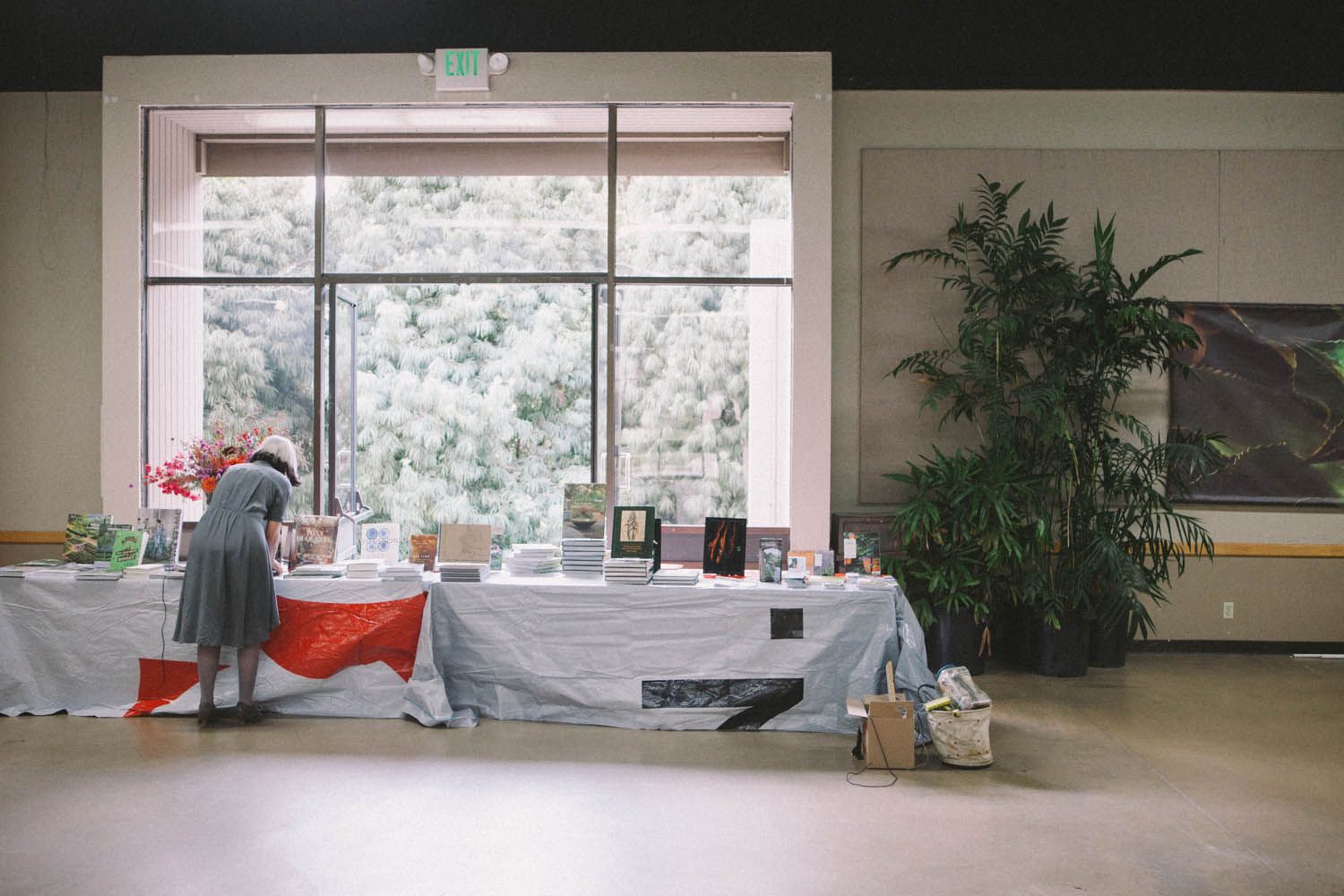
Shirley Watts readies the book table sponsored by Mrs. Dalloway’s bookstore.
Clarissa Dalloway may have bought the flowers for her party herself, but the large vase on the book table was, I think, provided by Silverlake Farms.
All these questions and more could only have been answered by another installment of Natural Discourse, the peripatetic series of lectures curated by artist and garden designer Shirley Watts that allows artists and scientists to share their unique perspectives and fields of inquiry into our beloved plant world, which was held Saturday, October 18, 2014, at the LA County Arboretum.
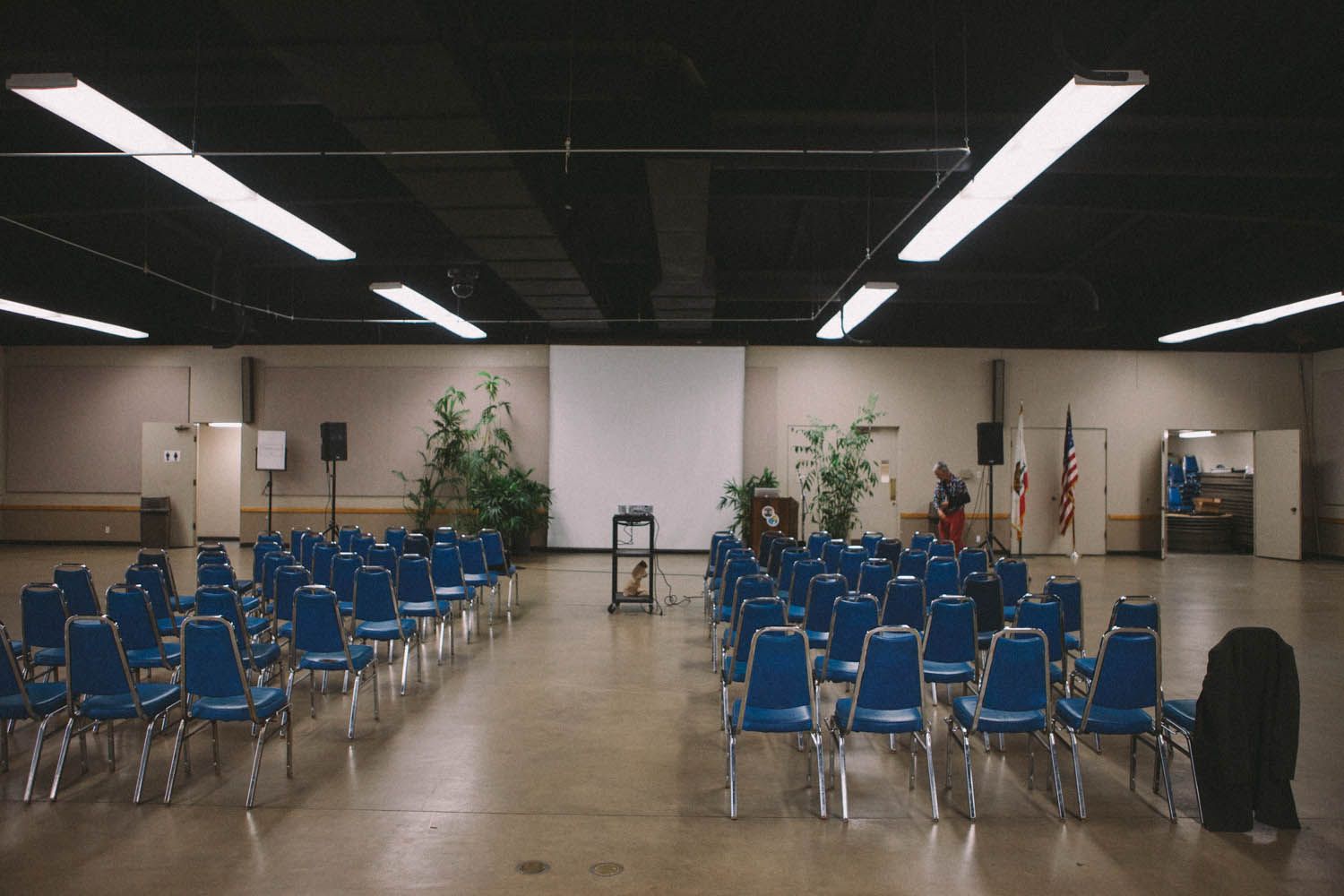
The auditorium at the LA County Arboretum was the biggest space yet of the three iterations of Natural Discourse, and for that reason I thought it perhaps the most challenging venue thus far.
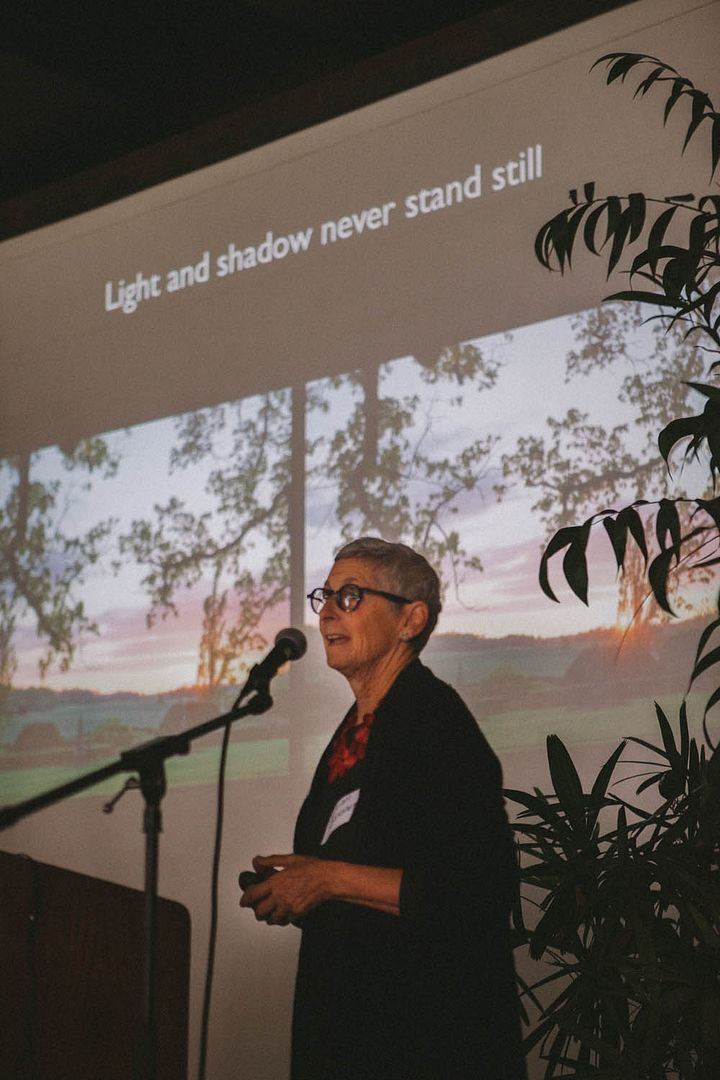
But wherever Natural Discourse is located, whether perched in a conservatory-like glass hall atop the UC Berkeley Botanic Garden, or in a historic landmark hotel designed by Julia Morgan, or at your local arboretum, the effect is consistently hypnotic. The lights go down, the chattering eventually subsides, and Marion Brenner begins to articulate her relationship to light and its role in obtaining her exquisitely timeless landscape photographs seen on the projection screen. And then you begin to scribble furiously as she explains how she now shoots wirelessly to an iPad to live-proof her work.
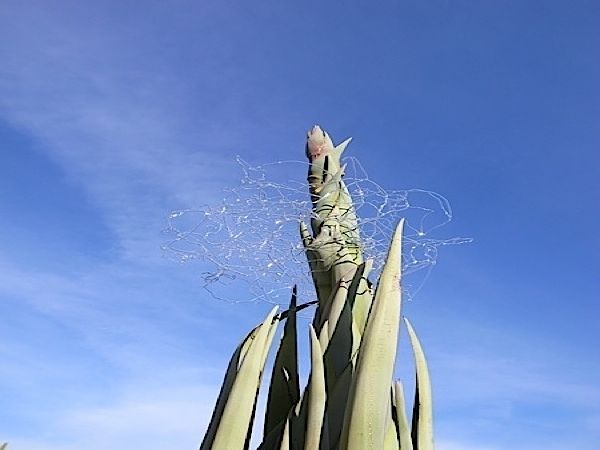
Photo found here
Possibly only at Natural Discourse will you meet an artist concerned with how long it will take an agave bloom to grow and thereby destroy the glass necklace he’s designed and placed on its flowering shoot. (Christian Thornton of Xaquixe Glass Innovation Studio has recorded 8 inches of growth a day.)
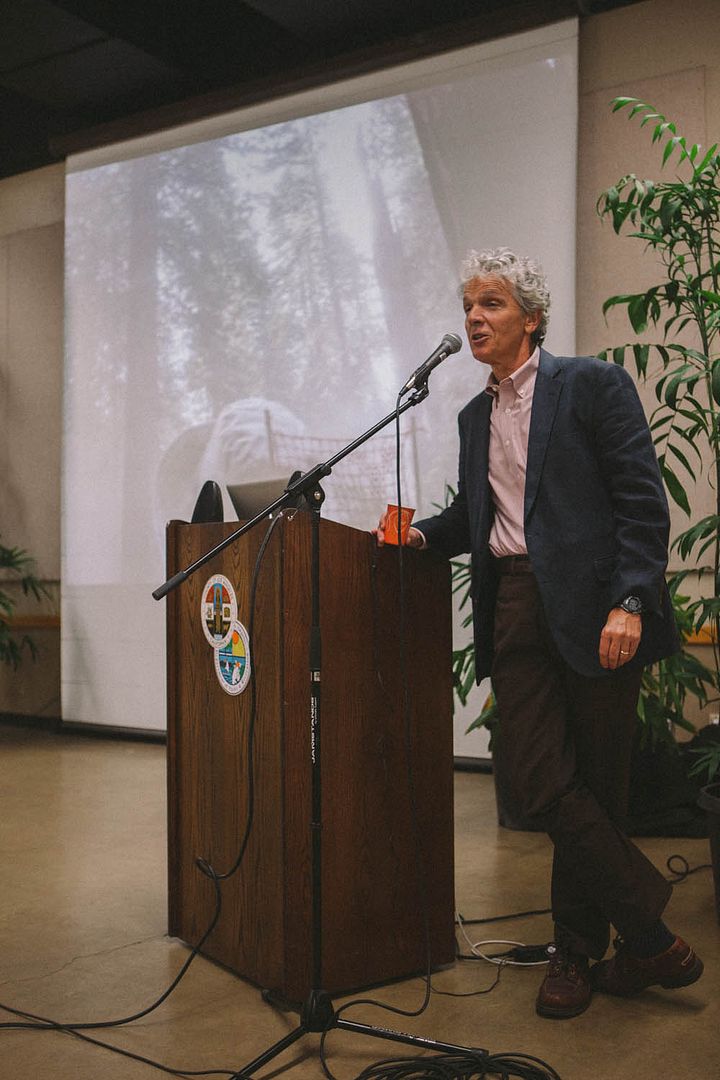
The welcome being given by Richard Schulhof, Director of the LA Arboretum.

Jenny Brown, Collection Manager of the Ware Collection of Glass Plants, playfully engages with the interactive programming wizardry of John Carpenter.

Mr. Carpenter’s work asks questions like: Why can’t the fleeting thrill of blowing on a dandelion be prolonged? (You can view the results of his dandelion inquiry at the link.) Carpenter’s work may bring to mind the digitally interactive sequences in the movie Minority Report, which he designed.
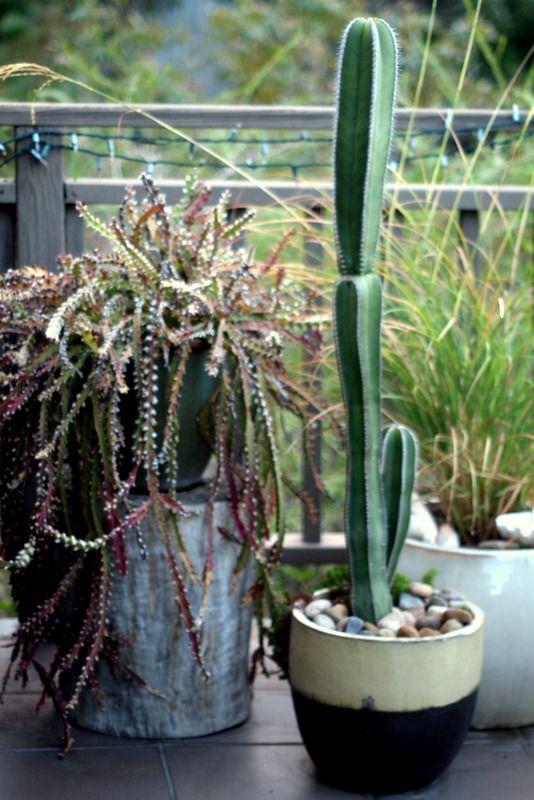
I want to personally thank Sue Dadd and James Griffith for providing both food and lodging Friday night. And thanks also to their charming cat Kabuki, who slept at my feet all night.
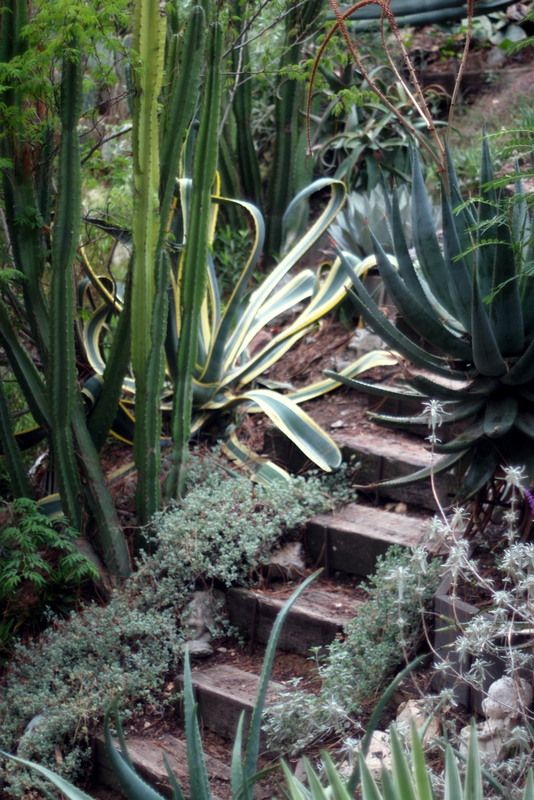
Very early Saturday morning I crept out in jammies and socks to have a private natural discourse with their stunning garden, this time a ravine adjacent to the Folly Bowl. Talk about excited electrons!
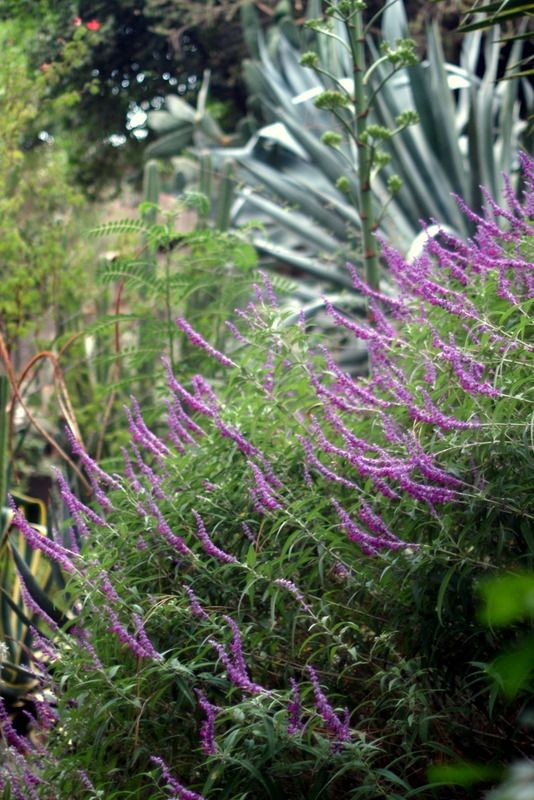
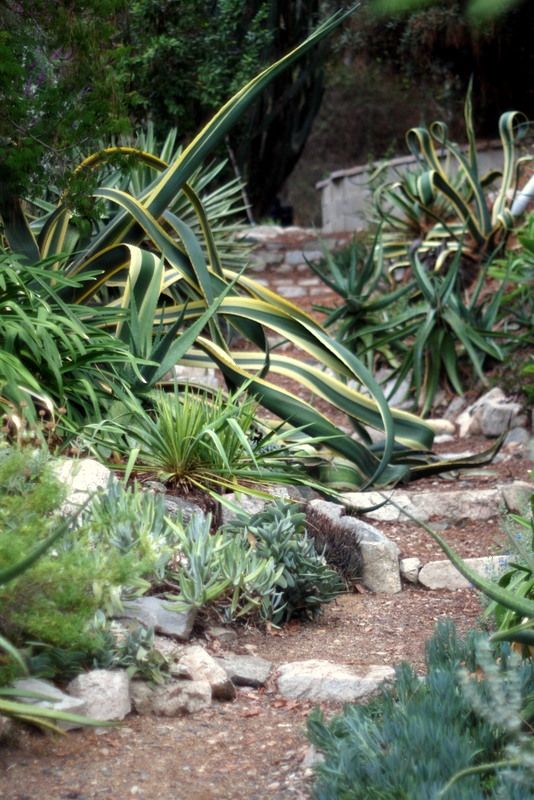

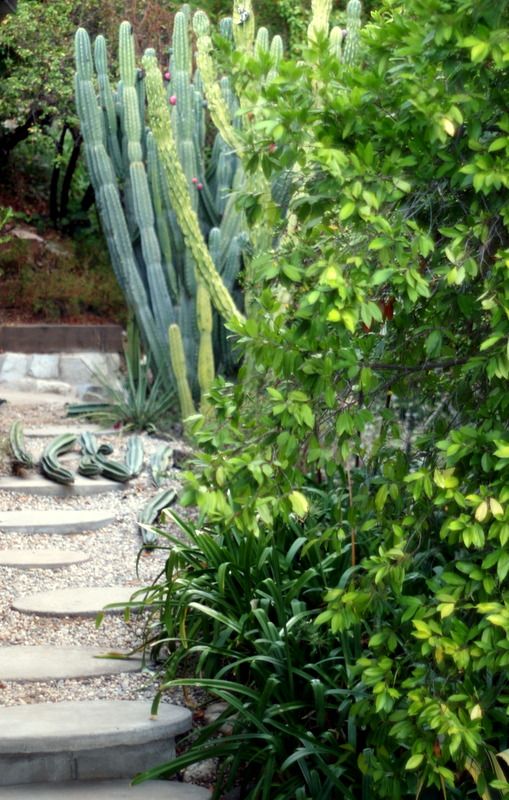

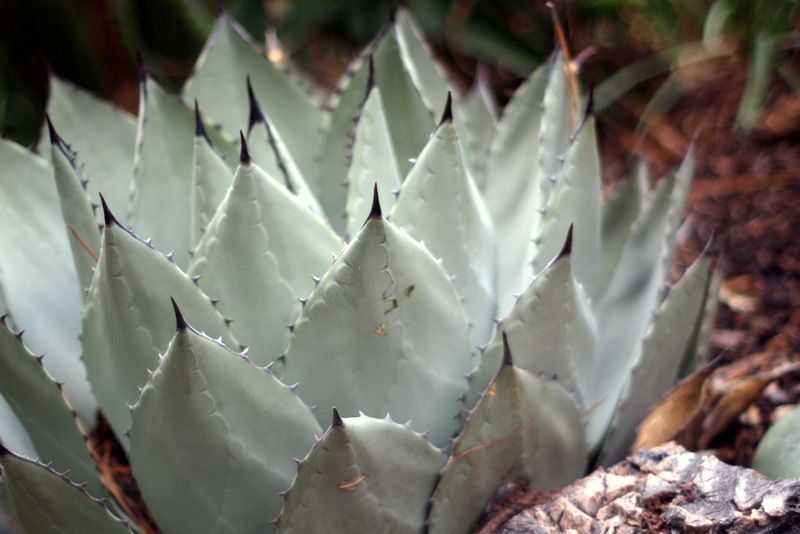
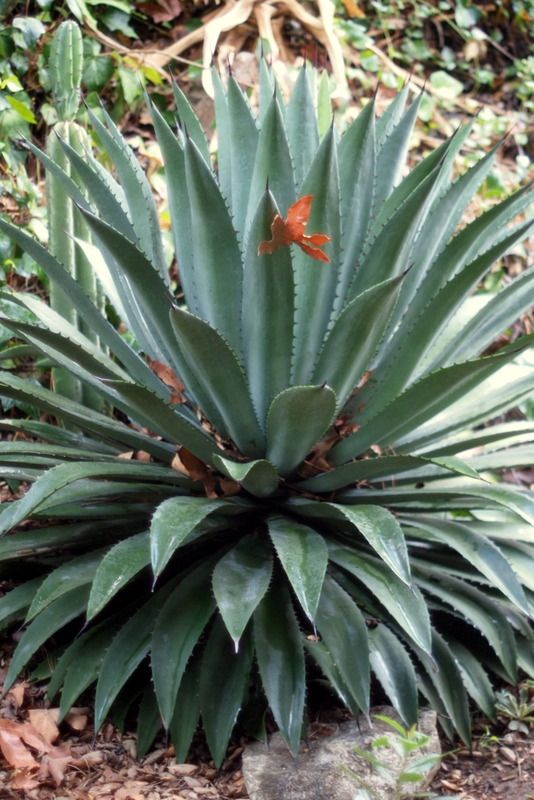

Photos of Natural Discourse at the LA County Arboretum by MB Maher.
